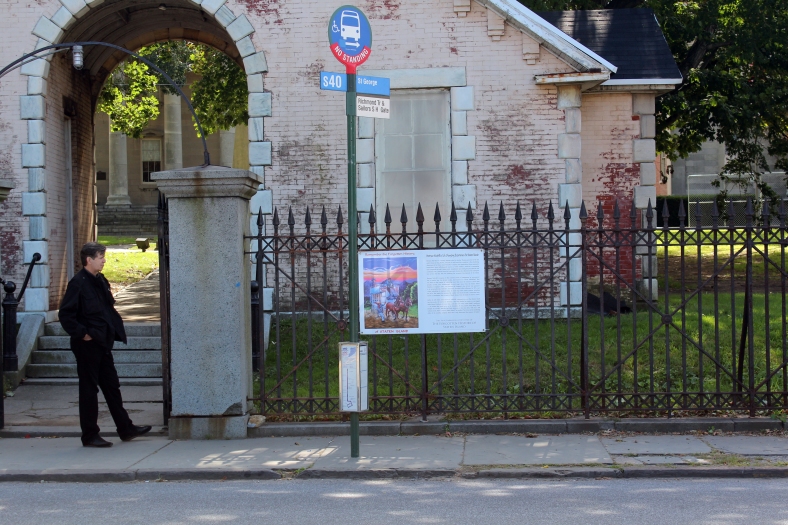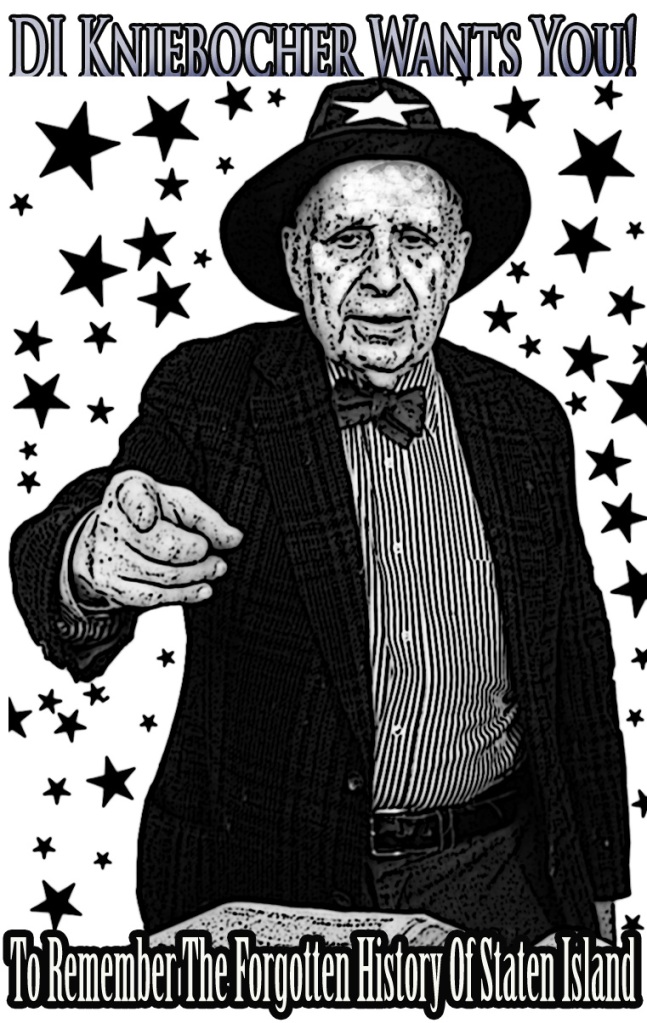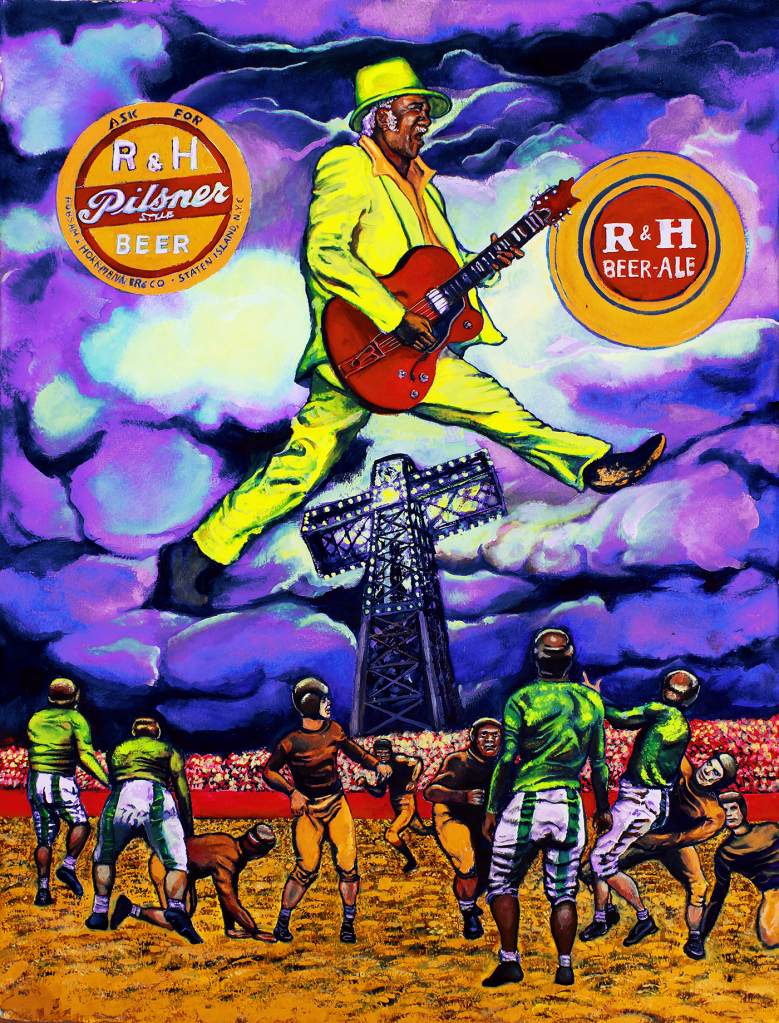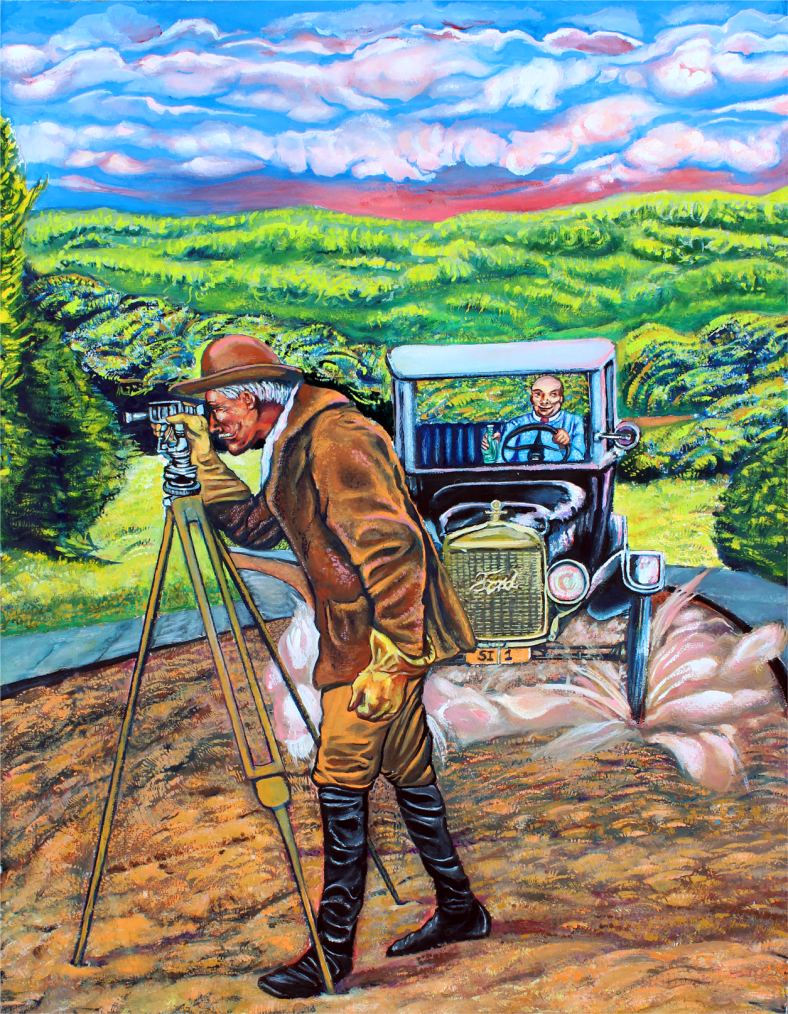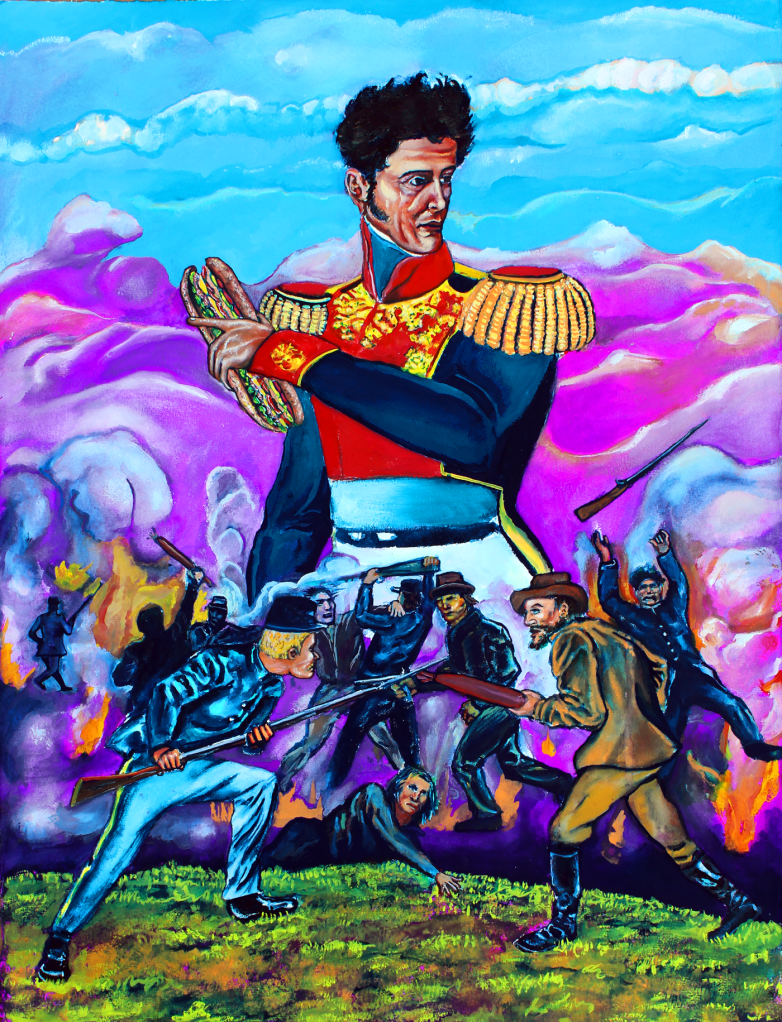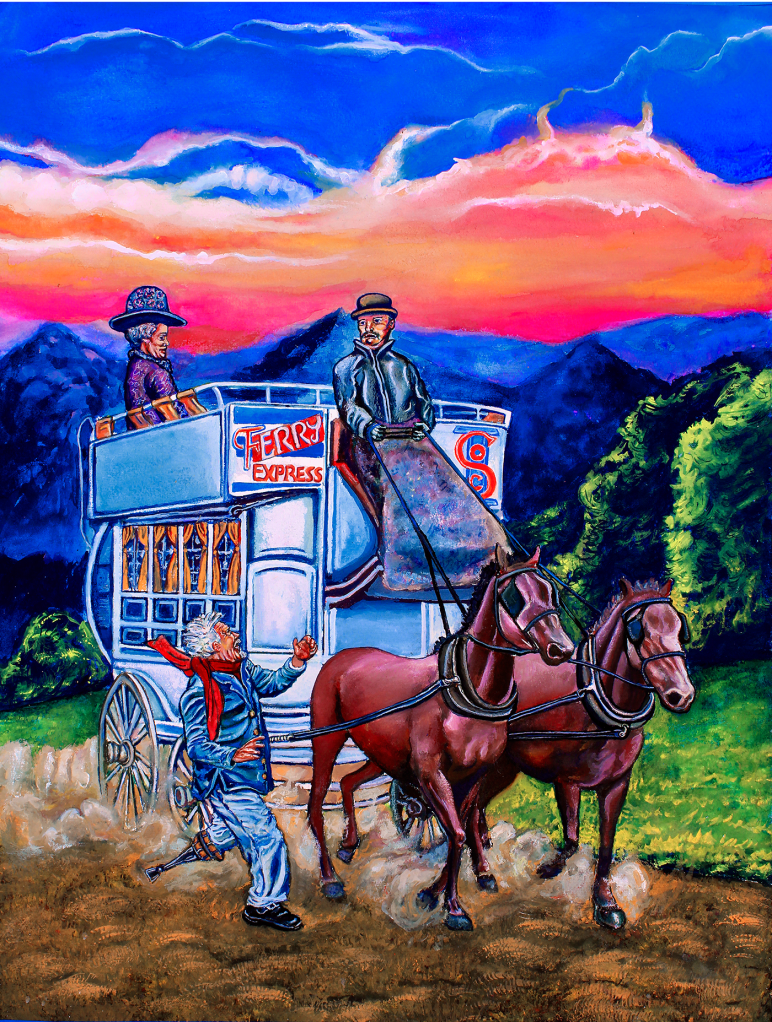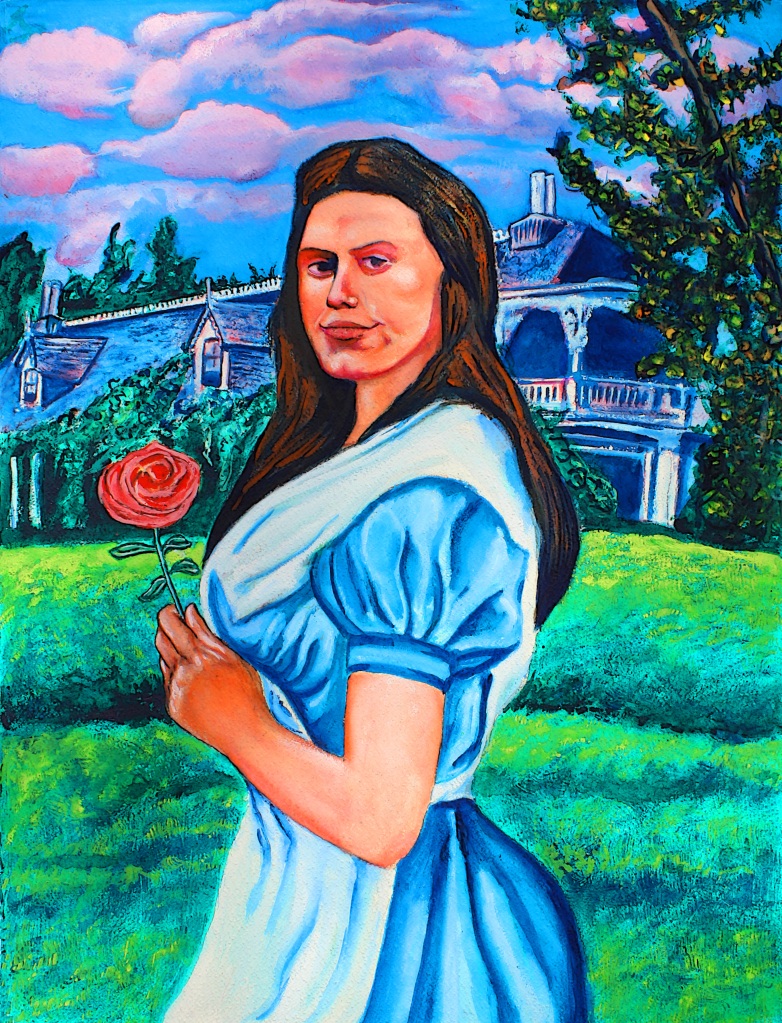
Of all the billions of people who have never been to Staten Island, none has had the overwhelming cultural effect of Charles Lutwidge Dodgson (better known by his pen name ‘Lewis Carroll’). Not only did Carroll directly affect the course of Staten Island’s development as a cultural center, his influence there would have ramifications that would forever change the course of American visual art.
Carroll’s astounding impact began with the benign occasion of the 10th birthday of Rosebank native, Alice Austen. The precocious young Rosebanker was already an avid reader. And she was astounded, and delighted, when she received and devoured, in one sitting, an early edition of Alice in Wonderland. “Who is this delightful, Mr. Carroll,” Alice asked her mother after plowing through the book in record time. “Does he live nearby?, or is he in another neighborhood?”
“He is an Englishman,” Alice’s mother replied, “and beyond that I’m not really sure of his whereabouts.”
“But then how does he know all about me and Staten Island?,” Alice wondered. Strange as it may seem to us in the 21st century, when Carroll’s classic children’s book is considered to be a work of fantasy, young Alice Austen was convinced that the book was in fact a work of nonfiction, written about her and her adventures in Staten Island. This is a reflection of the relative innocence of that era’s Staten Island youth. While many youngsters today have noted the resemblance of Borough President Molinaro to Humpty Dumpty, none thinks that he is actually the same individual described in Carroll’s classic sequel Through the Looking-Glass, and What Alice Found There. Whereas, young, Alice Austen was absolutely convinced that the characters Tweedle Dee and Tweedle Dum were actually depictions of the beloved local bakers, the Marruzzo brothers, and she had similar beliefs about most of the other characters in the two Alice books.
“Well,” said Alice’s mother, “why don’t you write to Mr. Carroll, in care of his publishers, and ask him where he gets his information?” Another concept that may strike the modern readers as bizarre is that – letter writing was in fact the main form of international communication in those days, prior to the advent of the telephone and the Internet. Thus parents, of that era, freely encouraged their children to write letters and develop what was seen as essential skill for later in life. Alice took her mother’s suggestion and before long she received a letter from Carroll in response.
“My dear, Miss Austen,” he replied, “I had no idea I was writing about you on Staten Island, but now that you have brought the matter to my attention, I think it’s quite possible that you may be correct. Would you mind sending me a photograph of yourself so that I could see if you are in fact the Alice that I was writing about? And by the way, what’s your dress size?”
“Dear, Mr. Carroll,” Alice Austen wrote back, “I’m a size 4 (girls). What’s a photograph?”
Once again, the technological ignorance of the 19th century may be confusing to the modern reader. But in 1877, when Alice was writing, photography was a new art form which had only been practiced by a handful of technically advanced artisans for a few decades. And the term “photography,” first employed in English by British mathematician, astronomer, chemist, and experimental photographer, Sir John Herschel (in 1839) was not in general usage. Instead, photographic images were commonly referred to by terms derived from the developing process used, such as: “ambrotypes,” (positive images on glass); or “tintypes,” also known more accurately as “ferrotypes” (positive images on iron); and “albumen prints” which used egg whites to bind photographic chemicals to paper (printing from a photographic negative).
Of course, Alice Austen had no idea how perfectly directed her question was. For Lewis Carroll, (under his real name of Charles Lutwidge Dodgson) was one of England’s most preeminent early photographers. Before long, Alice received a package which contained a dress and apron identical in every detail to the famous blue and white costume depicted by illustrator Sir John Tenniel, in the original edition of Alice in Wonderland. There was also a seven page letter from Carroll detailing every aspect of the photographic process, including a long list of materials to be purchased from suppliers in New York.
Carroll’s epistle began “Dear Miss Austen, please read this whole letter despite its length. Begin at the beginning and go on till you come to the end: then stop and go out and buy your equipment.” And Carroll concluded, “P.S. don’t forget to wear your new dress when you take the picture.”
Alice Austen immediately grasped the essentials of the photographic process, and before long a magnificent print of herself in Carroll’s dress was on its way to England. When Carroll received his parcel, he gasped in delight. For Alice Austen was, in fact, a dead ringer for Alice Liddell, the dark-haired beauty who had inspired his original book, Alice in Wonderland. Carroll had since become estranged from the Liddell family and keenly felt the loss of his little friend. But now, to his delight, he had found a new Alice living in the wonderland of Staten Island. And one who unmistakably shared his talent for photography. Carroll immediately grasped the child’s precocious ability and encouraged her to continue on with her great gift. His effusive praise deeply affected the young Austen (who had been abandoned early in life by her own father and lacked a strong paternal figure in her life).
She was so thrilled by the praise and support of her photographic talent that she wrote back, “Mr. Carroll, you are an absolute, dear! Will you marry me?! “And she added, “PS. If it’s not too much trouble, will you also marry my best friend, Gertrude.”
” Gertrude” was a reference to Gertrude Amelia Tate, the young girl who would become Alice’s lifelong emotional partner. Carroll was charmed, “I will be delighted to marry you, and your best friend Gertrude as well, if you send me a photograph of her. All that I require for our union is that you and Gertrude send me a picture on our un-anniversaries. That is all I need for us to consider ourselves married.”
Alice’s response was quick. “Dear Lewis (I feel we should be on a first name basis since we’re engaged),” she wrote, “I think it would be preferable to send a picture on our anniversary, since there would be only one per year, whereas there are 364 un-anniversaries per year and I fear you might become a bit tired of pictures of me, and Gertrude, before long under that arrangement.”
“I highly doubt that, Alice,” Carroll responded, “(I love pictures of young ladies), but I believe a great talent like you should take pictures of what she likes, when she likes, and not be constrained by a boorish husband’s overbearing demands. So consider it done. Further consider the date of your first photo to be our anniversary; and send me a picture of yourself, and one of Gertrude, on that date each year. I will never marry another. PS, please keep me apprised of your and Gertrude’s dress size, as I wish to send you both a new dress each year for the photograph.”
Carroll was as good as his word. From that point on, till the rest of his life, he sent an identical blue dress with a white apron, every year to both Alice and Gertrude. And every year he received two anniversary photos (one of each girl) in return. Each time, the two dressed in Carroll’s presents, holding a single rose to symbolize their bond to him. As the young ladies grew older, however, the child-like outfit seemed more and more peculiar, but the photos never stopped – a testimony to their mutual commitment. The three remained faithful to each other throughout their lives, despite the fact that the ladies never actually met Lewis Carroll in person. But, had he moved in to Alice’s home “Clear Comfort” (as it was known), Carroll could not have had a greater effect on Alice’s life. Because thanks to Carroll’s early influence, Alice Austen went on to become the greatest photographer in Staten Island’s history and arguably the greatest photographer in the history of the United States.
There was also a sociological effect of the 3-sided union; it gave birth to the term –“Boston-Cambridge marriage.” As most readers are familiar with, marriage-type relationships between 2 women in those days were referred to as ‘Boston marriages.’ When Austen’s friend Violet Ward attempted to describe the somewhat unusual arrangement of Gertrude, Alice and Lewis Carroll to another friend (Daisy Elliott) she explained, “I wouldn’t call it a Boston marriage, so much as a ‘Boston-Cambridge’ marriage.” At the time, Violet mistakenly thought that Lewis Carroll taught at Cambridge (he was an Oxford Don). Since then the term has become a synonym for a variety of Boston Marriage that involves a 3rd member (usually a male fiancé) who is not in physical contact with the 2 women involved. The oft-repeated canard that the term “Boston–Cambridge marriage” is a metaphor based on the separation of those two cities by the Charles River, should be disregarded by all serious historians, despite the fact that this explanation is the one usually offered in women’s studies courses at such esteemed institutions as Radcliffe and Wellesley.

